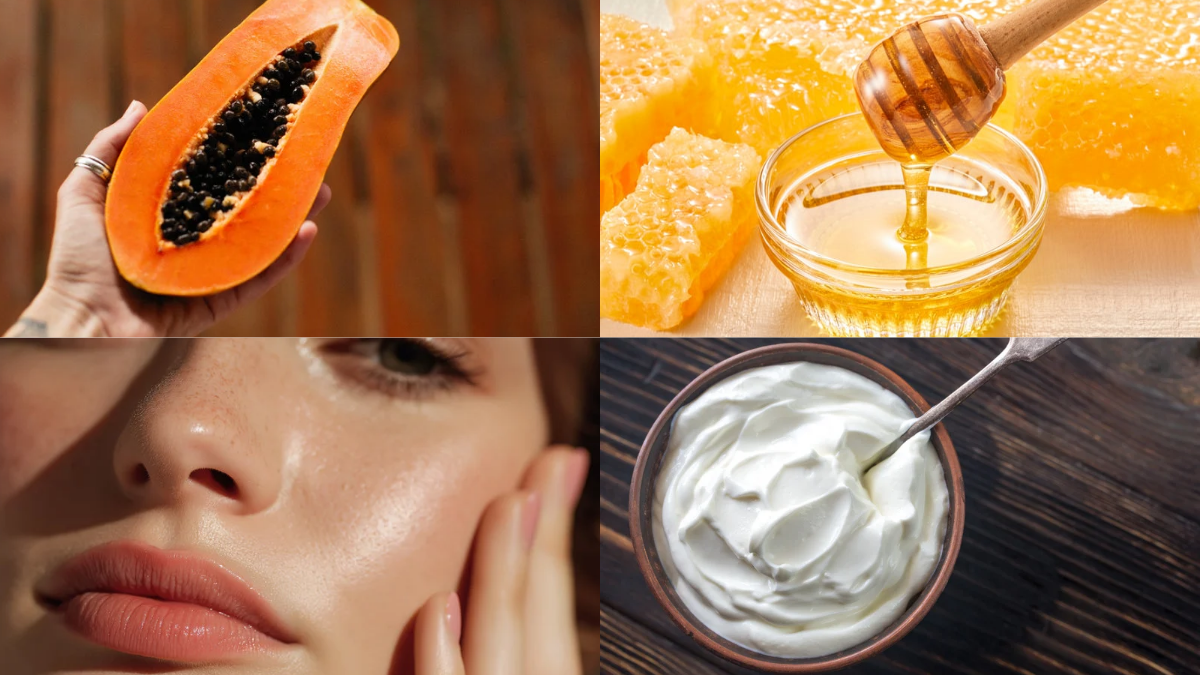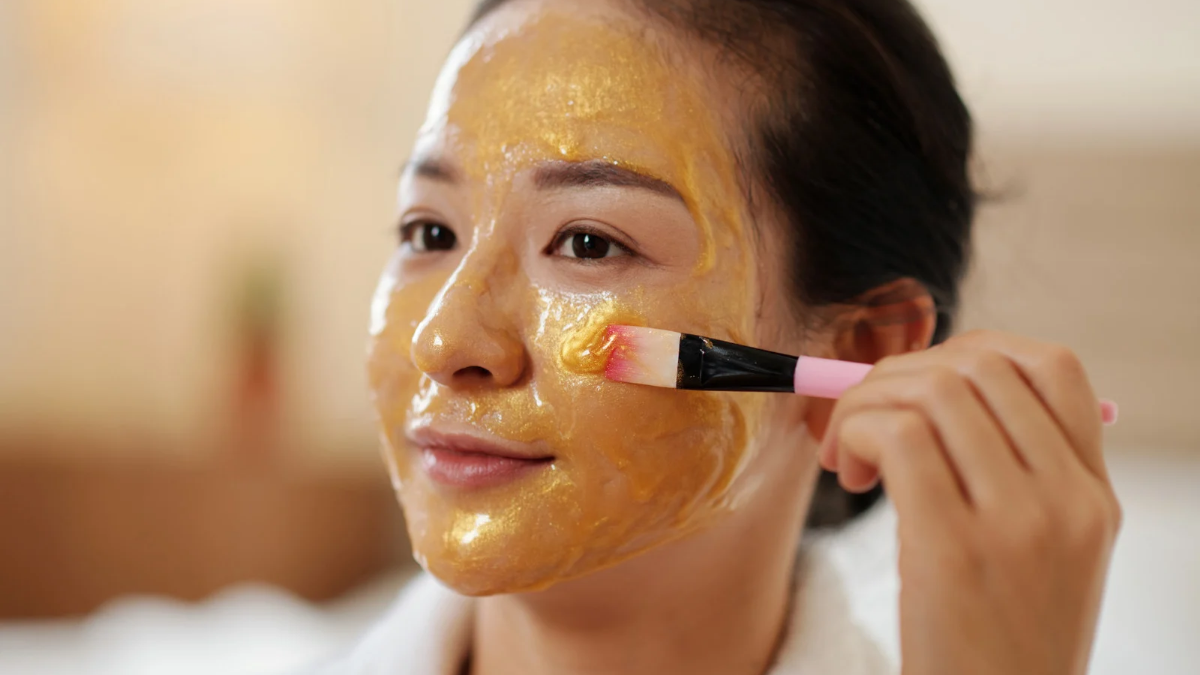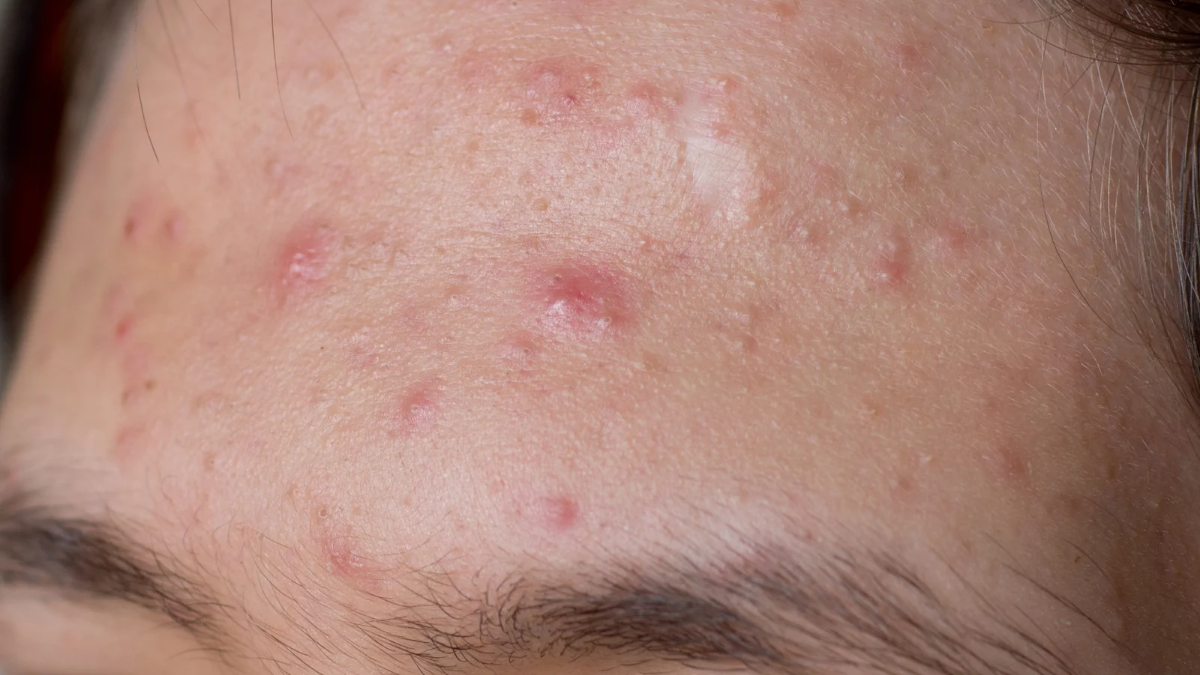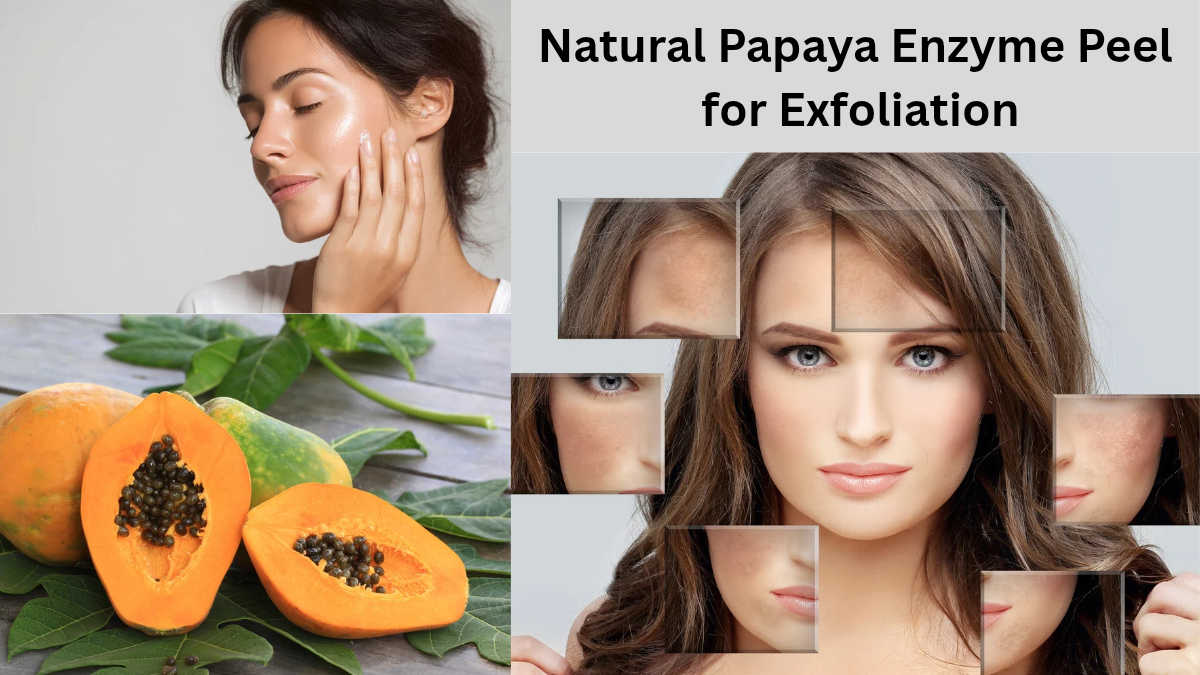Having glowing and healthy skin is everyone’s dream, but daily exposure to pollution, stress, and chemical-based products can make our skin dull and rough. At such times, natural remedies are the most effective and safest. Papaya is a fruit that is not only good to eat but is also considered a magical ingredient for our skin. It contains the enzyme papain, which gently removes dead skin cells, leaving the skin naturally smooth and bright. If you are looking for an exfoliator that is completely natural, chemical-free, and easy to make at home, then a natural papaya enzyme peel for exfoliation could be a perfect option for you.
What is a Natural Papaya Enzyme Peel for Exfoliation?
A natural papaya enzyme peel for exfoliation gently exfoliates the skin using the enzymes present in papaya. It is a fruit-based peel that removes impurities and dead cells from your skin without being harsh. Its biggest advantage is that it is very gentle, even for those with sensitive skin.

Benefits of Papaya Enzyme Peel for Skin
Gentle Exfoliation
The enzymes in papaya, especially papain, dissolve the dead cells in the top layer of our skin. This process is so gentle that it doesn’t require any harsh scrubbing. This is a blessing for those with sensitive skin.
Skin Brightening
Regular use of this peel visibly improves pigmentation and uneven skin tone. It acts as a natural skin brightening peel, giving your face an instant glow.
Anti-Aging Support
Papaya enzymes stimulate collagen production, which helps to reduce fine lines and wrinkles over time. It acts as a natural anti-aging treatment.
Step-by-Step: Do a Natural Papaya Enzyme Peel at Home
Step 1: Cleanse
First, cleanse your face thoroughly to remove any dirt and oil. This first step makes the peel more effective.
Step 2: Patch Test
Before applying the DIY papaya enzyme face peel, always do a patch test on your hand. Take a small amount of the papaya paste and apply it to your wrist for 5 to 10 minutes. Wait for 24 hours to check for any reaction. Only apply it to your face if there is no irritation.
Step 3: Prepare the Peel

- Now take 2 tbsp of ripe mashed papaya
- And 1 tsp of honey (for hydration)
- And 1 tsp of yogurt (for extra exfoliation)
- Mix all these ingredients well to make a smooth paste.
Step 4: Apply
Apply this mixture to your face in a thin, even layer. Remember to avoid applying the paste to the eye and lip area.
Step 5: Wait
Leave it on your face for 10 to 15 minutes. A tingling sensation is normal, but if you experience burning, wash it off immediately.
Step 6: Rinse & Moisturize
Now it’s time to wash your face. Gently rinse your face with lukewarm water and pat dry with a soft towel. Don’t forget to apply moisturizer afterward. If you are doing the peel during the day, be sure to use sunscreen.
Step 7: Frequency & Results
It is best to use this natural papaya enzyme peel for exfoliation 1-2 times a week. After the first use, you will notice that your skin looks soft and fresh. However, if you have pigmentation or acne scars, these will visibly reduce with regular use over 4-6 weeks. Papaya Enzyme Mask for Skin Glow
DIY Papaya Mask Recipe

- Papaya pulp and rosewater: This gives skin a fresh and hydrated look, resulting in an instant glow.
- Papaya and turmeric: This mask can be the best combination for acne-prone skin as it calms pimples and lightens marks.
- Papaya and aloe vera: This is a soothing mask for sensitive skin, helping to gently soothe redness and irritation.
Why Choose a Mask Over Chemical Peels?
Chemical peels can be quite strong and often carry a risk of irritation or downtime. In comparison, a natural papaya enzyme peel for exfoliation is gentle and helps naturally remove dead skin cells without any harsh side effects.
Papaya Enzyme Peel for Acne Scars

How it Helps
The natural enzymes in papaya boost skin cell turnover, which helps acne scars fade gradually.
Best Combinations
- Papaya with lemon drops – These two ingredients together brighten dull skin and improve uneven skin tone.
- Papaya and honey – This combination softens the skin and, with its antibacterial properties, helps prevent pimples.
- Papaya and oatmeal – This is a very gentle exfoliator that removes dead skin, leaving the skin smooth and fresh.
Do’s and Don’ts of Using Papaya Enzyme Peel
Do’s
Whenever you try a natural papaya enzyme peel for exfoliation, it’s important to be careful. This natural remedy gives your skin a healthy glow and smooth texture, but if used incorrectly, it can cause irritation. That’s why following a few simple do’s and don’ts is always recommended.
- Always perform a patch test before using this remedy.
- And never forget to apply sunscreen after using the peel.
- Use it regularly only 1 to 2 times a week.
Don’ts
- Do not use it daily.
- Do not apply it directly on open cuts or pimples.
- Do not use it on the same day as retinol or chemical exfoliants.
FAQ: Natural Papaya Enzyme Peel for Exfoliation
People often have more questions about papaya peel that aren’t covered in detail in the article. We’ve provided answers to those questions here:
Can I use papaya peel with retinol or vitamin C?
No, using papaya peel with retinol or vitamin C on the same day can irritate your skin.
Can I leave papaya enzyme peel on overnight?
Absolutely not. It is safe to leave it on for only 10-15 minutes. Leaving it on overnight can damage your skin.
Is papaya enzyme peel safe for teens?
Yes, it is safe. However, a patch test should always be done, and it should be used only once a week.
Are store-bought papaya enzyme peels better than DIY?
DIY peels are fresh and natural, while store-bought peels offer consistency and a longer shelf life. Both have their pros and cons.
Conclusion: Natural Papaya Enzyme Peel for Exfoliation

If you want a safe and natural exfoliator that gently cleanses your skin and gives it a glow, then a natural papaya enzyme peel for exfoliation could be the best option for you. It’s a simple and budget-friendly remedy that makes your skin naturally radiant and youthful. With regular use, you will see that your skin becomes soft, smooth, and clear, without any harsh chemicals.
If this post was helpful to you, please share it with your friends, family, and relatives and leave a nice comment!

